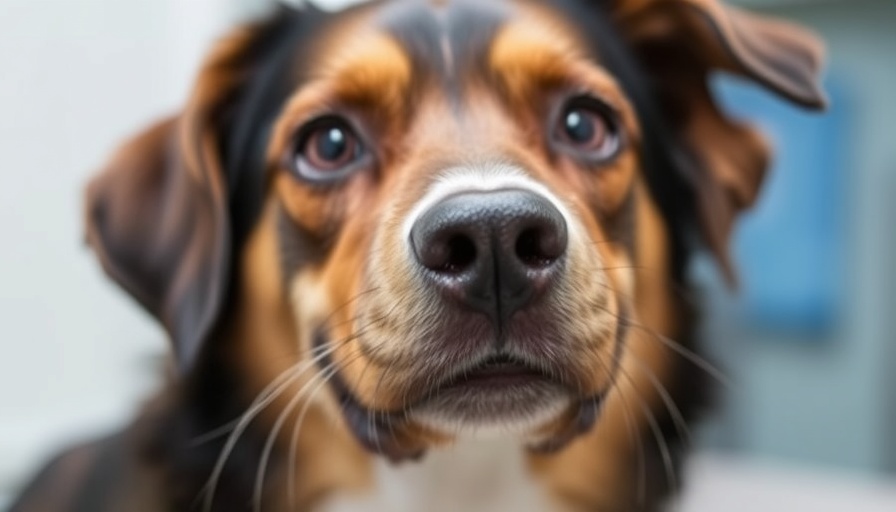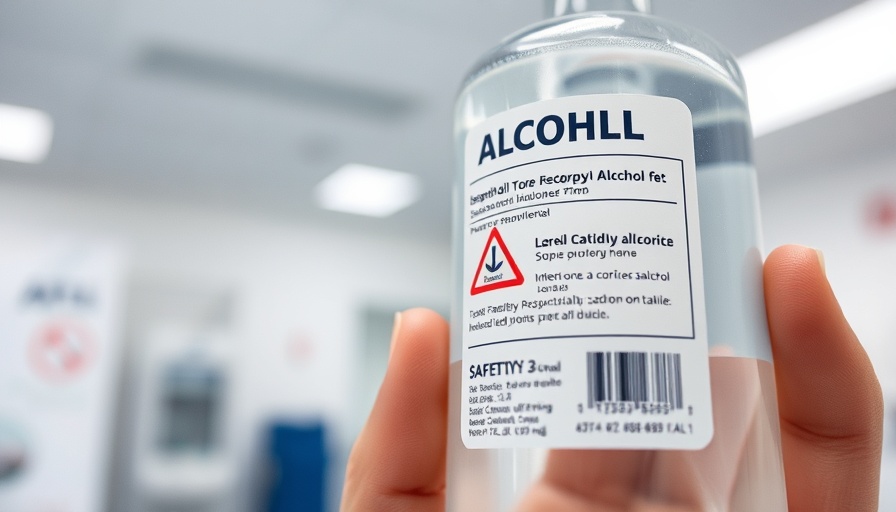
Understanding Cat Behavior: The Significance of Tail Puffing
Tail puffing in cats, often viewed as a reaction to fear or aggression, is a complex physiological manifestation that can signal much more, especially in critically ill felines. Observing cat behavior, veterinarians and cat owners alike may notice that tail puffing often occurs alongside tense body language, such as crouched postures and flattened ears. Understanding these signs is crucial, as they can indicate distress far beyond simple fright.
The Physiology Behind Tail Puffing
The scientific basis of tail puffing lies in sympathetic nervous system activation. When a cat perceives a threat or experiences severe physiological distress, the arrector pili muscles contract, causing the hair to stand on end. This is primarily mediated through norepinephrine released from sympathetic neurons, which targets α1-adrenergic receptors on the muscles surrounding hair follicles. While this process is integral to a cat's defense mechanism—allowing it to appear larger and more intimidating—it can also reveal deeper problems such as hypoxia or approaching cardiac arrest.
Why Not to Ignore a Fluffed Tail
For veterinary practitioners, recognizing tail puffing in a clinical setting can serve as a crucial indicator. For instance, a cat that arrives at the emergency room with a puffed tail may be displaying other signs of distress that require immediate intervention. Tail puffing, in this case, may indicate a severe catecholamine surge, which is often a precursor to more catastrophic health failures. Paying close attention to such signals can enhance diagnostic accuracy and treatment effectiveness.
Case Studies and Real-Life Examples
Consider the alarming case of a 4-year-old domestic shorthair cat, brought into an emergency room with severe injuries. Upon evaluation, a puffed tail was not only a surprising physical examination finding but also served as an important clinical warning. Following this, the cat presented with significant hypothermia and bradycardia, requiring rapid and effective intervention. This scenario signifies that tail puffing is not merely an endearing or amusing quirk of feline behavior; it can be a devastating warning sign that something is significantly off.
Operating Within Veterinary Practice: Impact on Client Care
For veterinary clinic owners and managers, educating team members about the clinical implications of behaviors like tail puffing can significantly improve the quality of care provided. Effective communication with pet owners about these signs can enhance client relationships and foster trust, showing that your practice understands the intricacies of animal behavior. This can also improve treatment outcomes, as clients are more likely to act quickly in emergencies if they believe their veterinarian is knowledgeable about subtle signs of distress.
Future Trends in Feline Health Monitoring
In an era driven by technology, the future of animal care may see advancements that allow for more proactive monitoring of feline health signals. From wearable technology that tracks heart rate and stress levels to AI systems that analyze behavioral indicators, practices can stay ahead of potential health crises. Emphasizing education about observant practices, like recognizing tail puffing, can prepare veterinary teams for these innovations. Additionally, veterinarians can guide pet owners in monitoring their pets' behavior at home, greatly enhancing overall pet health management.
Concluding Thoughts: Why This Matters
Understanding feline body language, especially signs like tail puffing, is invaluable in veterinary practice. Not only does it empower healthcare professionals to provide urgent care when necessary, but it also enriches the owner-vet relationship. By ensuring that both your team and your clients are aware of the significance of such behaviors, your practice can improve care outcomes and enhance overall client satisfaction.
As we look towards the future of veterinary care, embracing these insights will prepare us for emerging challenges and improve the lives of the animals we serve.
 Add Row
Add Row  Add
Add 




Write A Comment